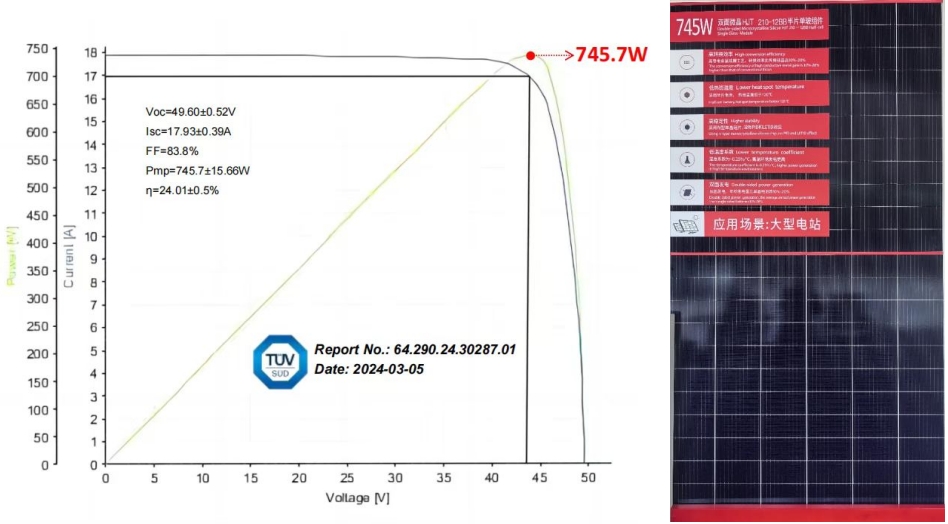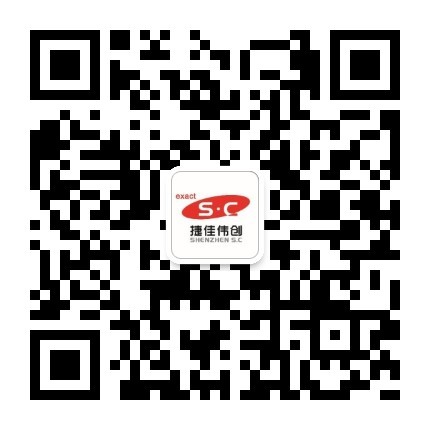TüV Certifies Maximum Power of 745.7W & Large-Chamber RF Double-Sided μc-Si Technology Enters Full-Scale Mass-Production
Certified by TüV SüD, an authoritative third-party testing organization, S.C's G12-132 model heterojunction (HJT) high-power solar module has reached a power of 745.7W. This is yet another breakthrough for S.C in the field of HJT since S.C's mass-produced double glass module reached 735.79W in January this year.
The cells used in this high-power solar module were all processed from the Changzhou HJT pilot line of S.C, with the average conversion efficiency reaching 25.6% (ISFH standard). During the processing procedure, the PECVD utilized RF double-sided microcrystalline technology, the PVD utilized double-sided VTTO, and the metallization process utilized 12BB printing.
At the customer's site, through the recent tireless efforts of the technical team, the radio frequency (RF) high-rate μc-Si:H preparation technology has been introduced into S.C's high-throughput Inline PECVD Equipment. Currently, the conversion efficiency of the RF double-sided μc-Si:H solar cells processed in a large chamber has reached the same level as the efficiency of high-frequency coated cells processed in a small chamber, which has changed the industry's perception that the RF double-sided μc-Si:H solar cells processed in a large chamber have a lower conversion efficiency. Based on the research experience at the HJT pilot line, there is still some room for optimization in the properties of the microcrystalline films and the conversion efficiency of double-sided μc-Si:H solar cells.
S.C HJT High-Efficiency Solar Module


S.C's ability to continuously innovate in technology research and development is fully demonstrated as the power rate of S.C's HJT solar modules and the conversion efficiency of HJT solar cells break new ground. S.C will always regard technological research and development as a core competency, proactively embrace technological evolution, and continue exploration to contribute to the global energy transition.



